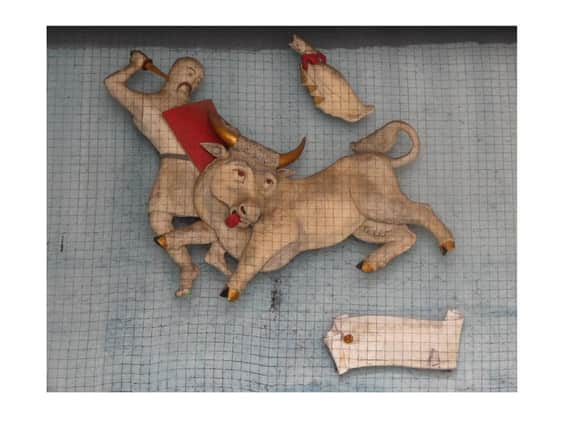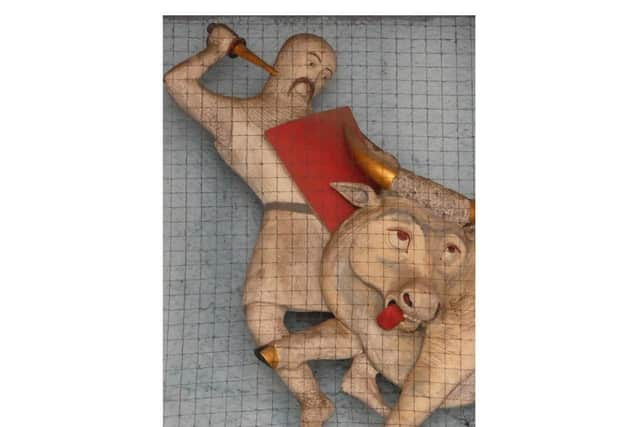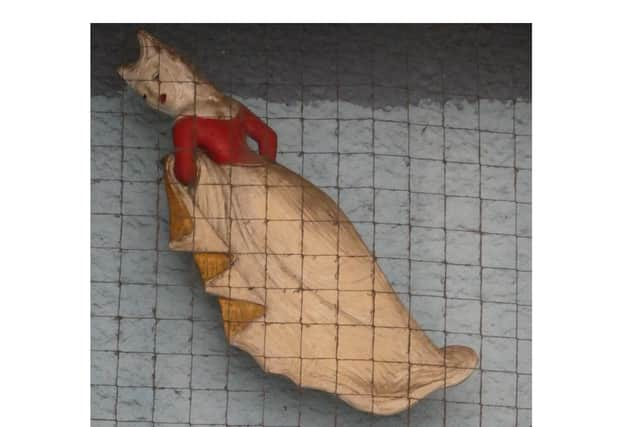Forgotten local histories: The story behind the legend of Guy of Warwick


Many Warwickshire residents are familiar with the name Guy of Warwick but are less familiar with his story. In this Forgotten History article, local historian George Evans-Hulme sheds light on the origins of the legend and Guy’s romantic relationships.
Forgotten Histories – The Legend of Guy of Warwick (Part I)
On occasion, it is apt to say that myths and legends are more exciting than historical reality, and this is true in the case of Guy of Warwick. There is little to no evidence to suggest that he physically existed. However, if he did, it is likely that he would have lived during the reign of King Athelstan circa 1,100 years ago. The king himself is featured in the Guy of Warwick tale; however, the story is not entirely based in the Anglo-Saxon period as elements of the story are arguably inspired by the crusades of the 13th century.


Advertisement
Hide AdAdvertisement
Hide AdThis makes sense because the first manuscripts (dated: c. 1225-1250) that detail the story of Guy of Warwick were written around the same time as the crusades so it would be natural for the author to draw inspiration from contemporary events.
Like most early manuscripts, the author is unknown. However, some scholars have suggested that it is likely the author of the legend would have had some familiarity with the Midlands area which can be seen in the author’s knowledge of local geography (with the tale making explicit references to adventures in Warwick, Buckingham, Oxford, and Wallingford). It is feasible that the author could even have been a Warwickshire local.
The legend itself is split into the two parts: first, Guy’s adventures undertaken to win the love of Felice (sometimes spelt ‘Phyllis’), the daughter of the Earl of Warwick; and the second, his adventures undertaken in penance for his lack of dedication to God in the first half of the story.
Some manuscripts add a distinct third section which covers the escapades of Guy’s son, Rainbrun. Others, however, interweave the story of Rainbrun into the main text.


Advertisement
Hide AdAdvertisement
Hide AdAt the outset of the tale, Guy is described as ‘brave…very handsome and well proportioned; Dame Nature had gone to fine trouble to make such a creature’. Felice is equally ‘beautiful…[with a] radiant face’. It is Guy who first falls in love; however, Felice commands that he go and become ‘quite the best [knight] in the world’ before she will return his love. This he does, travelling far and wide across England and Europe, completing many feats of chivalric daring on the way.
And upon his return from his first adventures, the couple are married. They then spend a happy 14 days together (where Guy’s son is conceived) before Guy decides to go off again and repair his relationship with God, which he feels he had neglected during his pursuit of the love of Felice. His new wife is, naturally, distraught by this decision. Nevertheless, their love is strong and both characters repeatedly refuse offers of love and marriage from other suitors over the course of the narrative. Guy clandestinely sees Felice once more before their final meeting, but the two do not enjoy each other’s company again until Guy’s death in his cave at Guy’s Cliffe. At this stage, Felice gets the opportunity to say her final goodbye before Guy’s ‘soul departed, and St Michael received it with great joy’.
An interesting quirk in the story is that Guy requests to be buried in the spot where he dies at Guy’s Cliffe, to the extent that providential power prevents the first mourners from taking the body to be buried in Warwick. However, a couple of paragraphs later in the text, Guy’s body is taken by a friend to be buried at an Abbey in Lorraine. This is despite, only a few lines before, not even ‘a hundred of the strongest knights’ being able to move the body to be buried elsewhere in England.
Of course, Guy’s relationship to Felice was largely influenced by the deeds he undertook both in England and in the wider world (indeed, he travelled as far away as Constantinople). Next week’s Forgotten Histories column will discuss these in more detail, shedding additional light on Guy’s battles with giants, dragons and the famous Dun Cow.
Advertisement
Hide AdAdvertisement
Hide AdAll quotes are drawn from the translation of the tale by Dr Judith Weiss featured in: ‘Boeve de Haumtone and Gui de Warewic: Two Anglo-Norman Romances’ (published in Arizona, 2008).
Next week: Part two of the Legend of Guy of Warwick